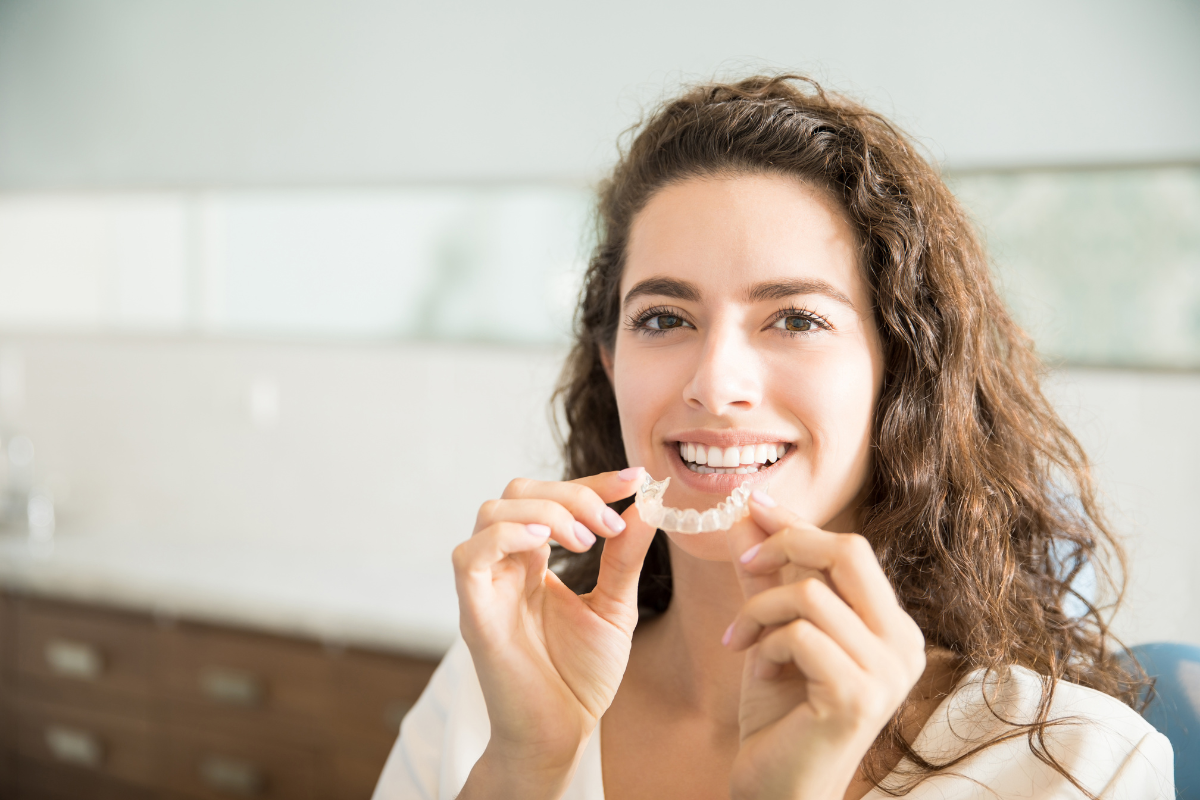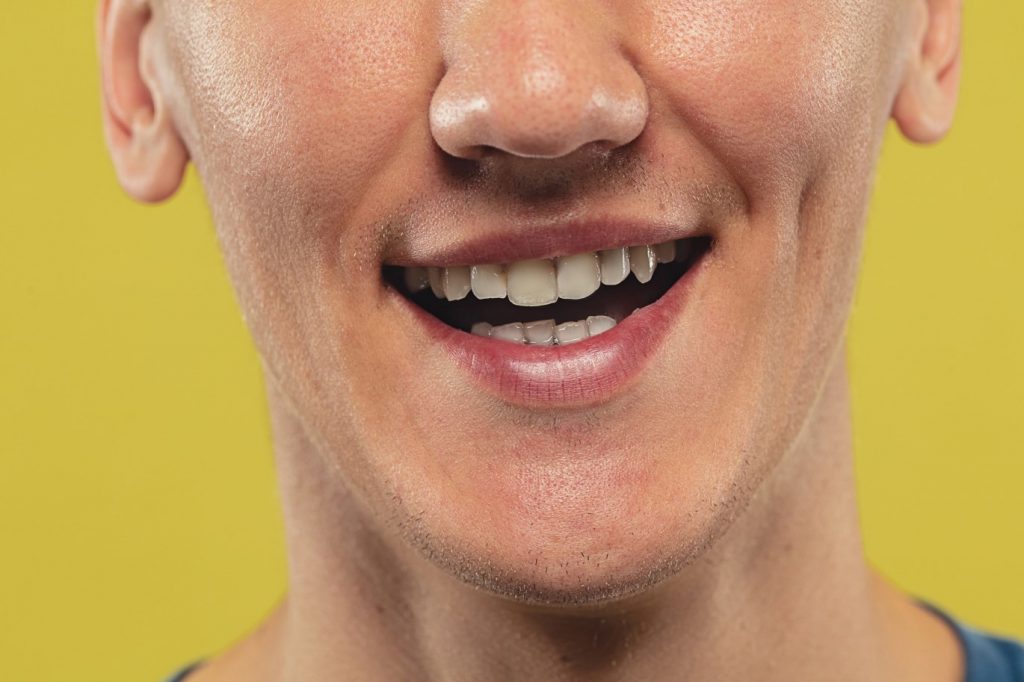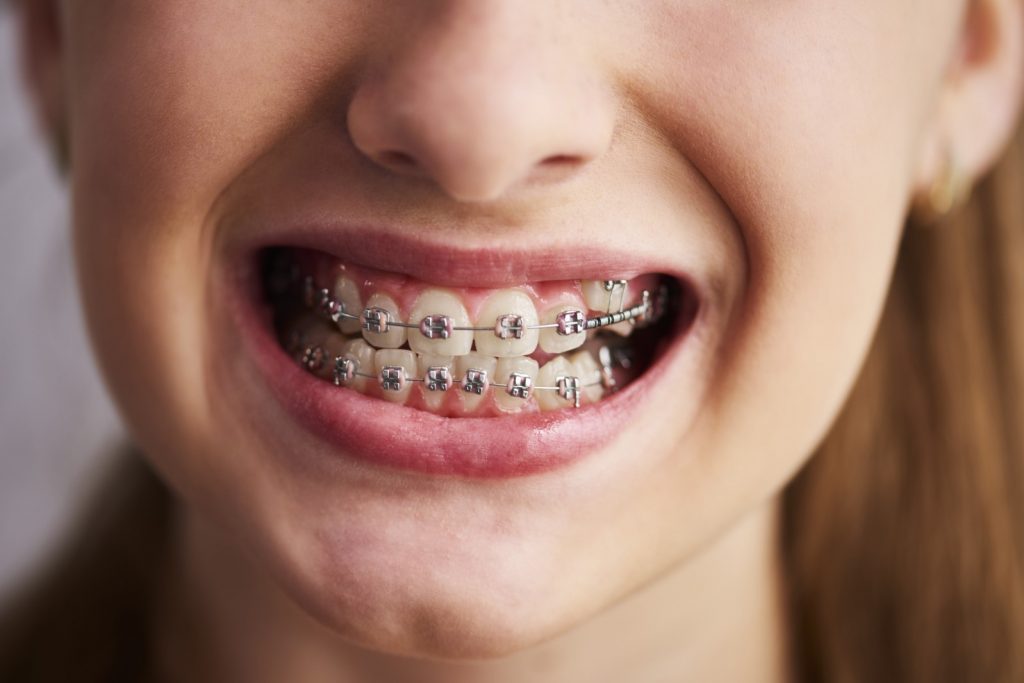Best Treatment Options for Misaligned Teeth – Malocclusion

Your smile holds immense power. It’s the first thing that catches someone’s eye, as it’s the most captivating feature of your face.
But what if your teeth aren’t perfectly aligned? It’s essential to address these concerns. Misaligned teeth, or malocclusion, can be demotivating, but there are ways to restore your smile.
What Is Malocclusion?
It is a clinical term used to refer to the poor or abnormal alignment of teeth and jaws.
It happens when your teeth develop unevenly or in an overlapping pattern, preventing your upper and lower jaws from closing correctly.
It can lead to uneven bite patterns and various health risks, like:
- Difficulty in chewing food
- Jaw pain and discomfort
- Hinder proper teeth cleaning during brushing, leading to tooth decay and cavities
- Increased risk of gum infection and other periodontal problems
- Risk of tooth damage due to improper pressure when closing your mouth or eating
- Affect your speech (may cause a lisp)
What Causes Malocclusion of Teeth?
There can be different causes, such as:
- Hereditary
- Bad habits in childhood (sucking thumb/prolonged use of the pacifier or bottle)
- Grinding teeth in sleep
- Abnormal or uneven size of teeth
- Losing a tooth or jaw misalignment due to an accident or other causes
Malocclusion can develop in many ways and have varying effects on individuals.

Types of Malocclusion
Here are the most common types of misalignment of teeth:
1. Overbite:
It is a common problem where the upper front teeth and jaw overlap the lower teeth and jaw.
2. Underbite:
It’s the opposite of an overbite. In this kind of misalignment, the lower jaw and teeth overlap the upper ones.
It is usually due to hereditary causes and can adversely affect a person’s facial appearance.
3. Openbite:
It is a condition where both the upper and lower teeth are misaligned. However, they do not overlap each other. Instead, they have a gap between them when the mouth is closed.
Patients with open bite problems generally face more difficulty with pronunciation as it interferes with their speaking abilities.
4. Crossbite:
A crossbite affects one or a group of teeth. So, it can occur in the front teeth or the back teeth on either side.
In this case, you may notice the upper teeth are tilted slightly inward, whereas the lower ones are outward. As a result, the upper teeth may fit inside the lower teeth.
It can occur due to bone structure problems, genetics, or improper tooth growth.
5. Overlapping/Crowded teeth:
Abnormal growth usually results in overlapping or crowded teeth.
It happens when the jaw has less space for new teeth to grow. Thus, it may cause overcrowding and disrupt the alignment of nearby teeth.
Fortunately, there are ways to fix misaligned teeth with cosmetic dental treatment.

Best Treatment Options to Fix Malocclusion
Patients suffering from this condition can opt for the following dental treatments:
1. Braces
It is the most widely used and effective method for fixing misaligned teeth. Braces, made of metal wires, are used to put gentle and consistent pressure on your teeth.
These are ideal for aligning crooked, crowded, or spaced teeth perfectly.
2. Invisalign
It is an innovative treatment offering a convenient solution for fixing misaligned teeth.
Instead of traditional braces, the dentist prepares clear, custom-made aligners. These gradually reposition the teeth into proper alignment.
It is a relatively less painful procedure than metal braces. Moreover, the aligners look almost invisible and are removable, unlike fixed braces. Thus, it’s a good option for those with minor alignment issues.
However, this method is not viable for everyone. For example, it may not be ideal for those with overcrowded or overlapping teeth.
3. Veneers
Dental veneers can fix minor misalignments. These are suitable for patients who have a few crooked, uneven-sized, or damaged teeth in a row.
It involves using custom-made veneers that resemble your natural teeth. The dentist shaves off the damaged parts and reshapes the teeth to prepare them for attaching veneers.
They can last for 10-15 years, depending on the material. (It’s crucial to understand that veneers are permanent, and you cannot go back to your natural teeth.)
4. Dental implants
Sometimes, patients with overcrowded or overlapping teeth may require removal. In that case, dentists place dental implants to replace irregular teeth and achieve a flawless smile.
These are ideal if you are experiencing tooth erosion due to malocclusion. Unlike veneers, dental implants are permanent and can last a lifetime.
5. Surgery
If you have malocclusion due to abnormal jawbone growth, cleft palate issues, or a major accident, dental surgery may be necessary.
In this case, a qualified dental surgeon performs major jaw restructuring, which is needed only in severe cases.
Final Thoughts
Most patients with malocclusion can use cosmetic dentistry solutions such as braces, veneers, or Invisalign. Consult with trusted dental specialists just like the ones at Genuine Dental.
Do not let the cost prevent you from getting the smile of your dreams. Genuine Dental offers affordable payment plans for a range of dental treatments.
Simply schedule a consultation to experience the best.